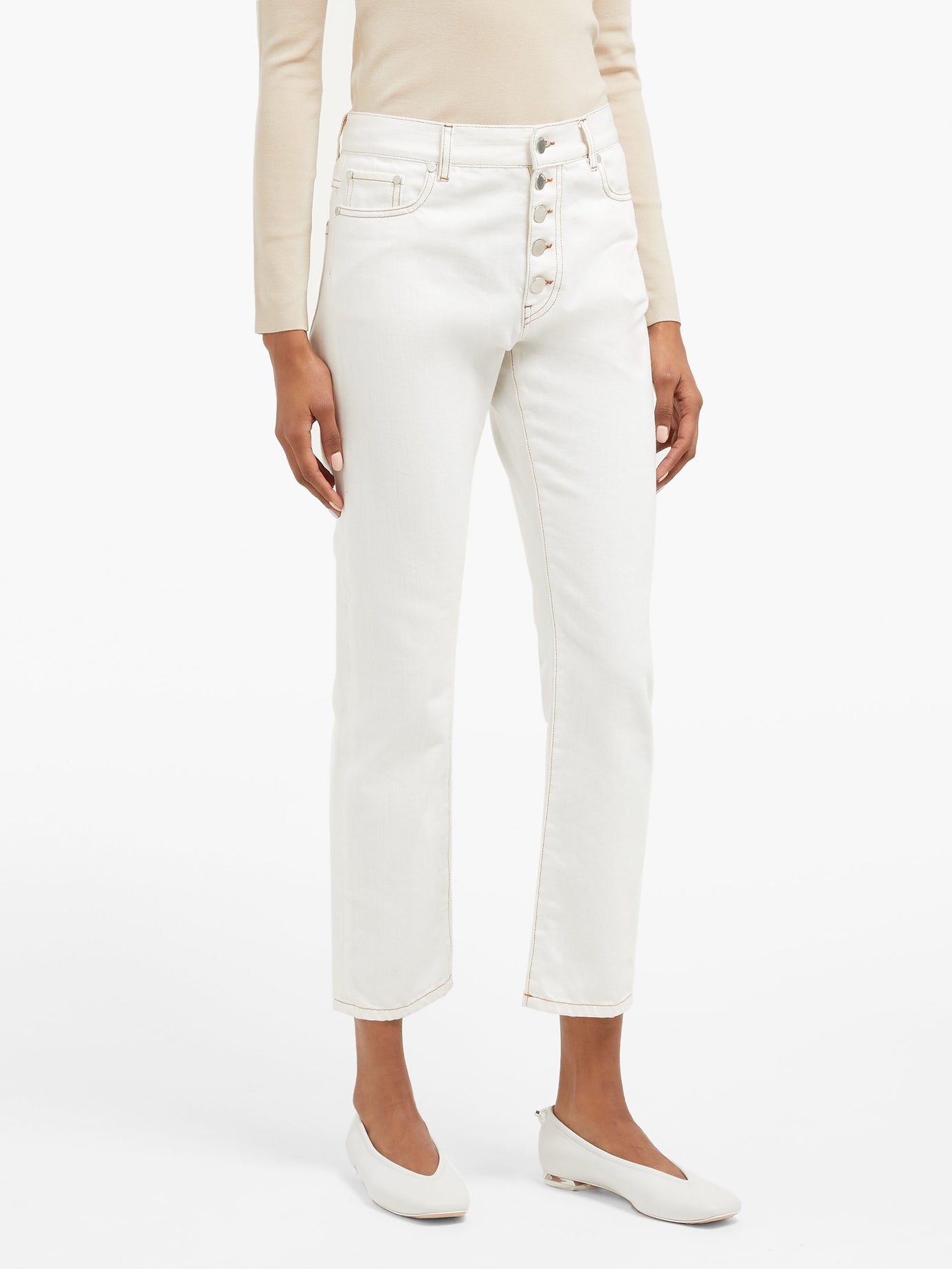In contemporary fashion dialogue, few items evoke as much intrigue as the ubiquitous white shorts. A seemingly simple garment, white shorts have transcended their humble origins to become a symbol of cultural exchange and adaptation in Chinese fashion spheres. However, what accounts for their burgeoning popularity amid the diverse fashion landscape of China? This exploration endeavors to unravel the complexities of the white shorts phenomenon through the lens of cultural relativism.
The dissection of white shorts as a fashion statement first necessitates an understanding of the broader context within which they have emerged. In China, as in many societies, clothing serves not merely as a barrier against the elements but also as a medium for self-expression and a reflection of social identity. Historically, dress codes have been laden with cultural significance, influencing everything from social status to familial lineage. Thus, the appearance of white shorts is not a mere anomaly; it embodies a deeper narrative of globalization and shifting paradigms.
White shorts have a nuanced history that traces back to colonial influences and Western fashion ideologies. They offer a curious case study of cultural appropriation and adaptation. As Western influences permeated Chinese urban centers, local designers began to reinterpret Western attire within the context of Chinese aesthetics. While the adaptation of white shorts may evoke the contemporaneity of Western sartorial practices, it simultaneously raises pressing questions about authenticity and ownership in fashion. Are these adaptations entirely genuine, or do they reflect a form of cultural dilution?
In considering the rise of white shorts, one must also factor in the socio-economic backdrop of Chinese society. Rapid urbanization and modernization have not only altered the physical landscape of cities but have also reshaped cultural discourses. The increasing disposable income among Chinese millennials has led to a thirst for new experiences, derivative of fashion trends that can be shared on social platforms. White shorts, with their versatile appeal, have thus become quite popular, marking a departure from traditional attire towards apparel that encapsulates leisure, comfort, and a sense of modernity.
Moreover, the functionality of white shorts cannot be overlooked. As climate change manifests through hotter summers, the preference for breathable and lightweight materials has fortified the argument for adopting shorts as a staple in warmer months. This practical perspective intersects with emerging wellness trends; individuals increasingly gravitate towards clothing that fosters ease of movement and promotes a relaxed lifestyle. Thus, white shorts emerge not only as a stylish choice, but also as a pragmatic one, resonating with the cultural zeitgeist of health-conscious living.
Interestingly, while the popularity of white shorts can be attributed to their functional attributes, they also encapsulate a deeper existential inquiry into beauty norms and ideals within Chinese fashion. The color white, often associated with purity, simplicity, and elegance in Chinese culture, suggests a complex interplay between traditional values and contemporary symbolism. Stylishly paired with various ensembles, white shorts convey a message of casual chic while simultaneously paying homage to formative cultural signifiers. However, this interaction leads to additional questions: are the beauty standards associated with white shorts aligning themselves more with Western ideals, or do they reflect an evolving Chinese aesthetic?
The playful embrace of white shorts exemplifies the ongoing negotiation between global trends and local traditions. The challenge lies in discerning whether the adoption of such pieces leads to an authentic expression of individual identity or merely perpetuates transient fads dictated by global fashion markets. A crucial aspect of this discourse is the role of social media in shaping public perception. Platforms like WeChat and Douyin allow users to curate and broadcast their individual takes on global fashion trends, including the ever-popular white shorts. This gives rise to a dynamic cultural exchange that can enrich rather than dilute local identity.
Further, it is essential to critique the implications of this trend as it relates to class stratification. The socio-economic status of consumers dictates access to luxury brands and high-street fashion, effectively segregating individuals based on their financial capabilities. The omnipresence of white shorts across various consumer demographics raises questions about inclusivity and accessibility within the fashion narrative. Can such a simple piece of clothing help transcend class boundaries, or does it serve as a visual marker of socio-economic disparity?
In summation, the emergence of white shorts in Chinese fashion represents a multifaceted interplay of cultural influences, practical considerations, and evolving aesthetic values. As one observes the phenomenon through a cultural relativism perspective, it becomes clear that these shorts are much more than seasonal attire. They serve as a locus for wider discussions about globalization, identity formation, beauty ideals, and socio-economic dynamics. And so, amid the flourishing cultural landscapes, white shorts invite both contemplation and conversation: Do they signify a harmonious amalgamation of tradition and modernity, or do they reveal a disquieting trend of cultural commodification? The answers remain as varied as the wearers themselves, perpetually evolving along with the culture they seek to represent.
